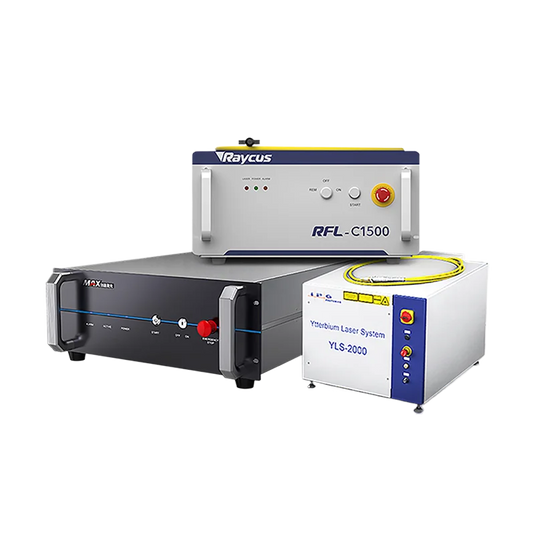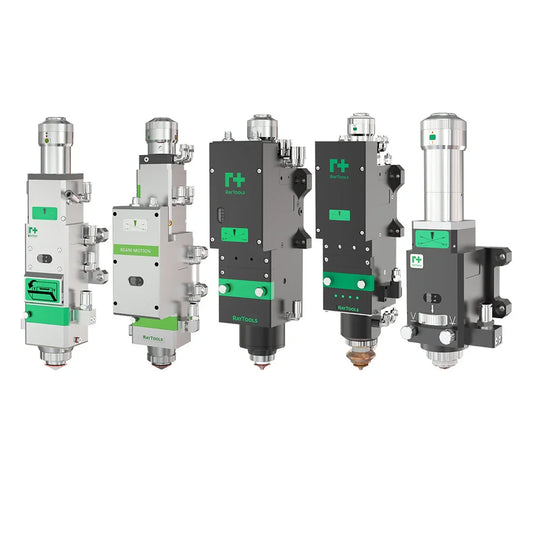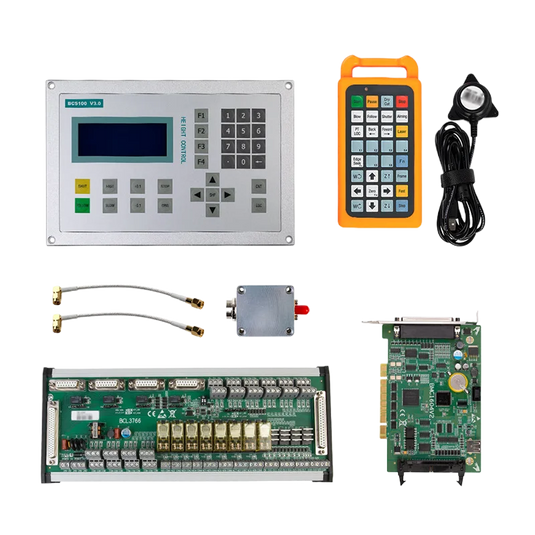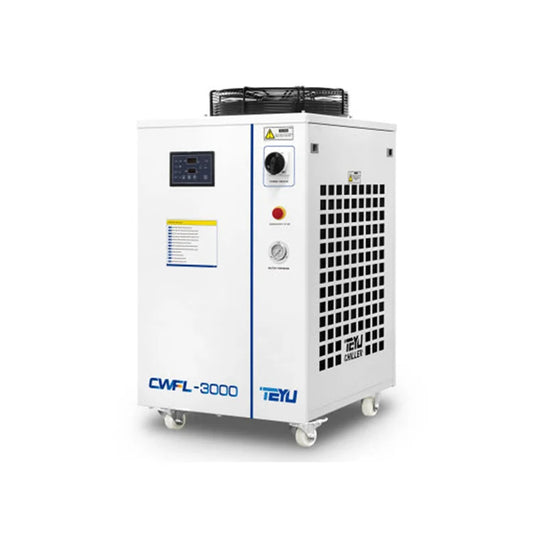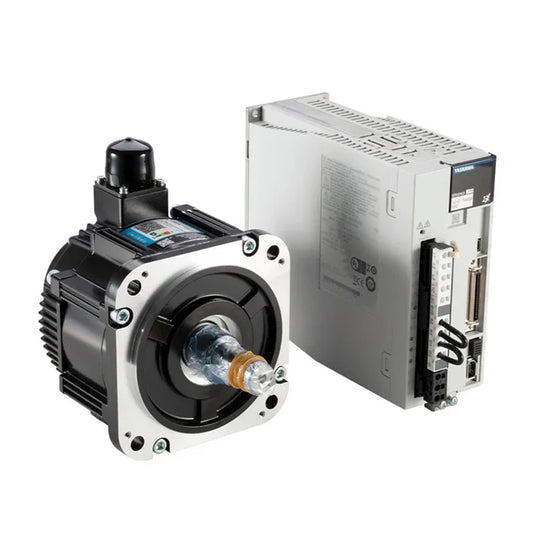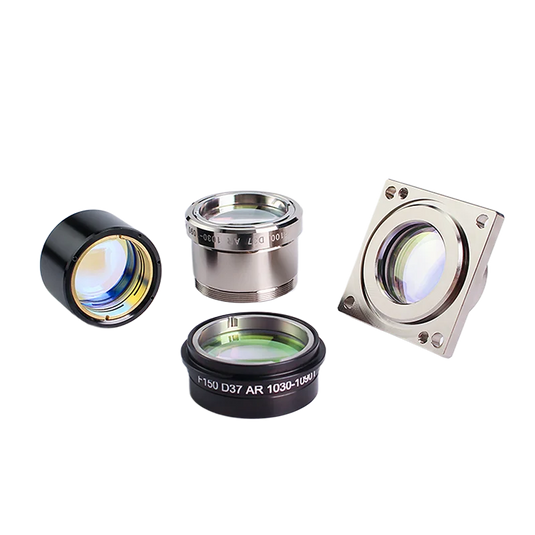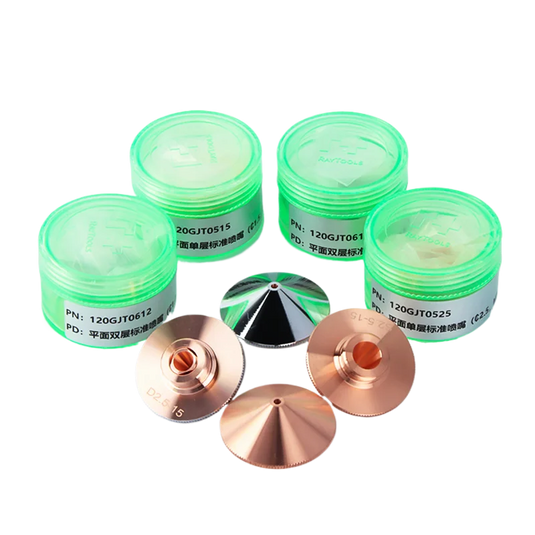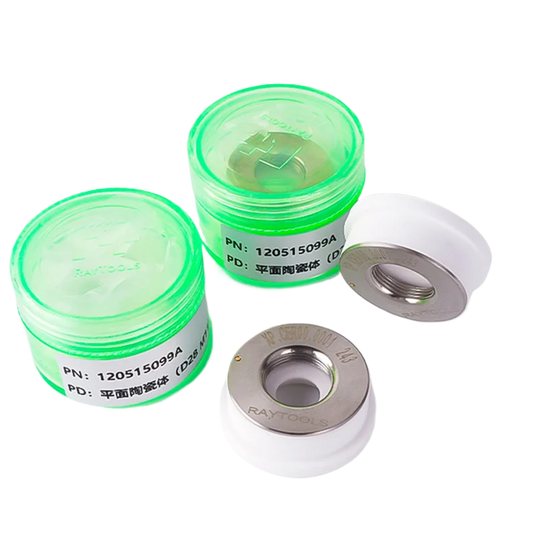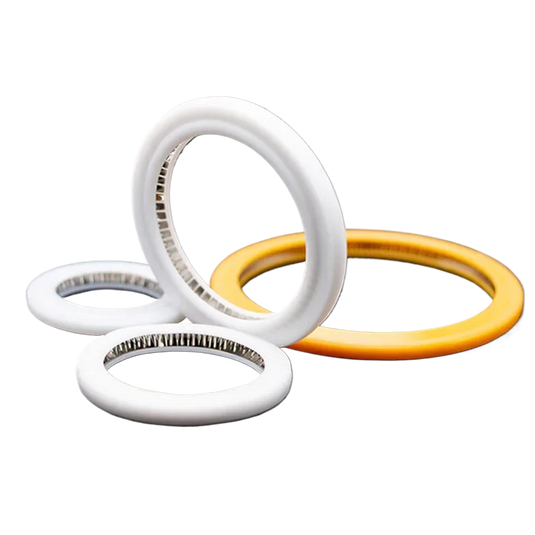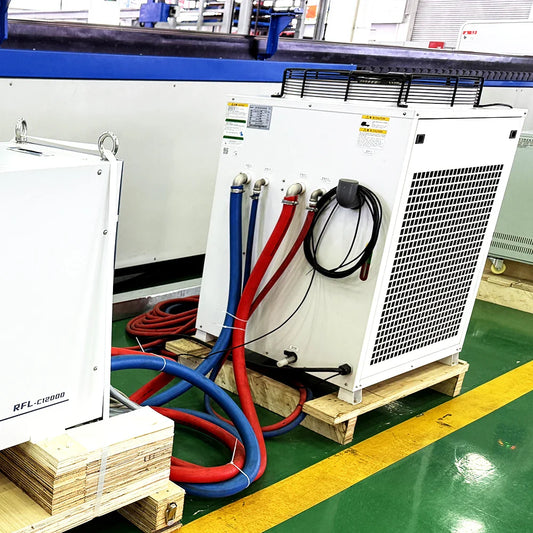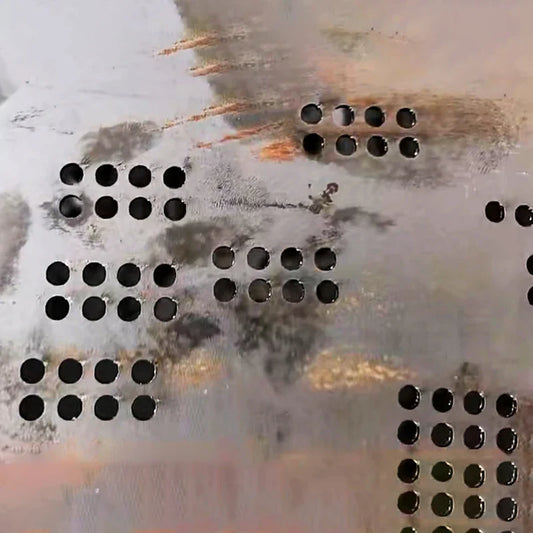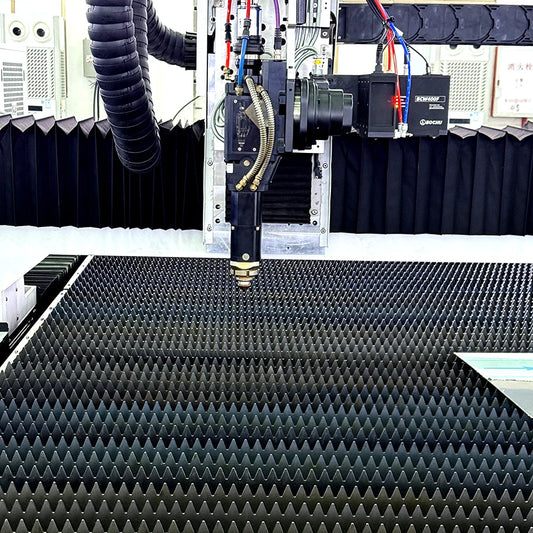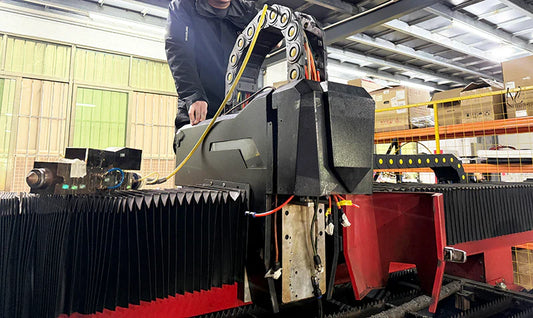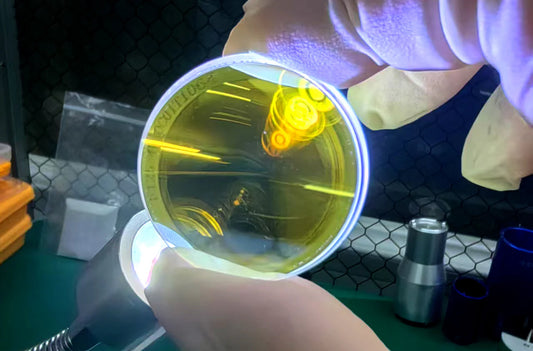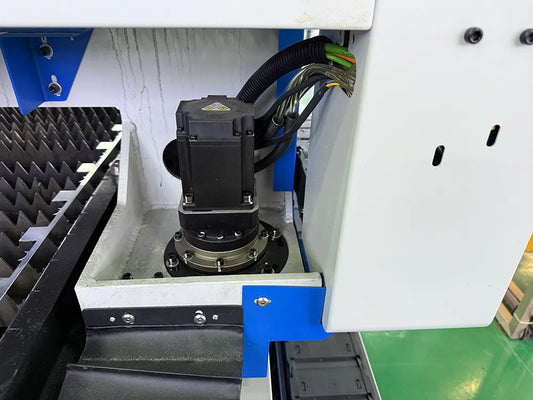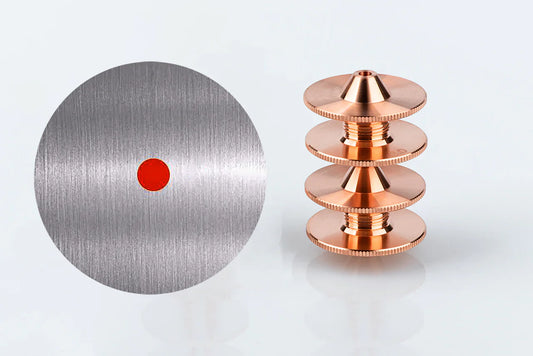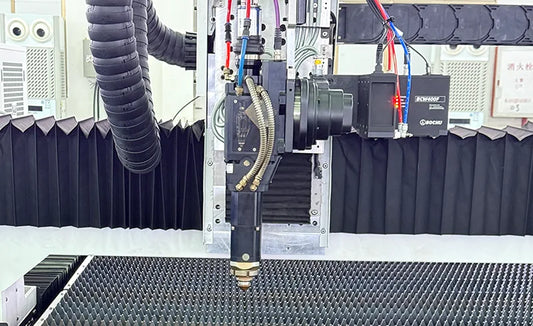Laser Cleaner Maintenance: 7 Tips to Extend Machine Lifespan
Laser cleaning devices have become vital in a variety of industries, including automobile manufacturing and cultural property restoration, due to their precision, efficiency, and environmentally benign operation. However, like with any modern piece of technology, appropriate maintenance is essential for optimal operation. Neglecting care can result in costly downtime, decreased efficiency, or even irreparable damage. This guide explains seven effective tactics for increasing the longevity of your fiber laser cleaner, backed up by technical insights and real-world case studies.
Why Maintenance is Important for Fiber Lasers
Fiber lasers are sophisticated systems that require accurate optics, cooling mechanisms, and software controls. Contaminants such as dust, metal particles, and thermal stress can deteriorate components if not maintained properly, resulting in beam instability or system failure. According to a 2024 research from the International Journal of Advanced Manufacturing Technology, poor maintenance affects laser system effectiveness by 25-40% over five years. Proactive care is crucial in areas where accuracy is required, such as aerospace and nuclear decontamination.
Laser systems are not simply tools; they are investments. The better you maintain them, the longer they will serve you, resulting in smooth operations and cost-effective manufacturing. In the following sections, we will guide you through the necessary maintenance activities to keep your laser cleaner functioning well.

Daily Checks: Preventative Measures for Peak Performance
Lens Cleaning: Maintain Optical Integrity
The laser lens is the core of your machine. Dust and grime on the lens can disperse the beam, limiting cleaning efficiency and possibly harming the substrate. Without adequate maintenance, junk accumulation might result in costly repairs or diminished performance.
Action:
Wipe the lens gently using a lint-free cloth and isopropyl alcohol every day. This simple gesture can significantly improve the longevity of your equipment.
Pro Tip:
When the machine is inactive, install protective coverings to reduce exposure to airborne particles, preventing dust formation in the first place.
Cooling System Inspection
Fiber lasers create a lot of heat, and a faulty cooling system can lead to overheating and damage sensitive components. This can cause performance decline or even catastrophic failure.
Action:
Check coolant levels and ensure the chiller is operating within the acceptable temperature range (15-25°C). Keeping your system cool is critical to sustaining peak performance.
Case Study:
A German automotive company cut downtime by 30% by using daily coolant checks to minimize heat shutdowns during high-volume production.

Monthly Maintenance: Calibration and Software Updates
Beam Calibration for Precision
Misaligned beams can cause inconsistent cleaning and substrate damage. This issue can occur due to minor adjustments in optical alignment or mechanical miscalibration. Regular inspections will maintain the beam operating at peak performance, ensuring consistent results.
Action:
Use calibrating equipment, such as beam profilers, to ensure proper alignment. Manufacturers like Pendstar Laser recommend monthly inspections for industrial-grade equipment.
Software Updates
Outdated software might lead to compatibility issues or security risks, reducing the efficacy of your laser system. Regular software upgrades are required to avoid flaws, performance concerns, and maximize operating capabilities.
Action:
Install manufacturer-provided firmware upgrades. For example, Pendstar Laser are updated yearly to enhance power settings and safety regulations. Regular software updates will keep your machine running smoothly and securely.

Annual Service: Professional Component Replacement
Replace Worn-Out Components
Critical components such as laser diodes, galvanometer scanners, and filters deteriorate over time due to continual usage. Failure to repair these parts as needed might cause performance concerns, such as beam instability or overheating.
Action:
Schedule yearly inspections by professional technicians. For example, Pendstar Laser's service include repairing old diodes and sealing optical pathways to prevent contamination.
Research Insight:
A 2023 study by Laser Focus World discovered that upgrading diodes every 10,000 operational hours increases equipment lifespan by 3-5 years.
Vacuum and Airflow System Overhaul
Debris accumulation in vacuum systems affects suction performance, leading to ineffective cleaning. A blocked system can have a negative impact on both cleaning quality and machine health, resulting in premature wear.
Action:
Clean or replace HEPA filters, and check for leaks in hoses. To ensure optimal performance, systems require yearly airflow calibration.
Troubleshooting: Common Issues
Causes of Overheating
Possible causes include blocked cooling vents, low coolant, or high ambient temperatures.
Solution:
- Clean vents using compressed air on a regular basis to prevent dust and debris buildup.
- If you operate in hot conditions, consider upgrading to a high-capacity chiller.
Beam Instability
Possible causes include misaligned optics, unclean lenses, or malfunctioning diodes.
Solution:
- Recalibrate the beam route to regain accuracy.
- Replace broken optics (such as mirrors and focusing lenses) to avoid picture distortion and ensure smooth functioning.
Case Studies: 30% Cost Reduction Through Proactive Maintenance
A US aerospace firm used Pendstar laser cleaning machine and conducted a tight maintenance regimen:
- Daily: Lens cleaning and coolant checks.
- Monthly: Beam calibration and software upgrades.
- Annually: Professional service and component replacement.
Results:
- Reduced yearly maintenance expenditures by 30%.
- Cleaning speed increased by 15% due to enhanced beam alignment.
- Over the course of 18 months, there was zero unexpected downtime.
This example highlights the value of regular maintenance and how it can have a direct impact on the bottom line.
Modular Upgrades
Another approach to future-proof your laser cleaner is to use modular upgrades. Instead of rebuilding the complete system, you may upgrade obsolete components with modern technology, such as higher-power diodes. This strategy can extend the life of your equipment without the need for a complete overhaul.
Conclusion
Regular maintenance is more than simply avoiding problems; it's also about increasing ROI, ensuring safety, and remaining competitive. By incorporating these seven principles, companies can increase the lifespan of their laser cleaning machines while maintaining top performance. Proactive care ensures that your equipment runs at its maximum capacity, resulting in increased efficiency and cost savings in the long term.

FAQs
-
How frequently should I clean the lens of my laser cleaner?
To ensure maximum performance, wipe the lens regularly using a lint-free cloth and isopropyl alcohol. -
In which temperature range should the cooling system operate?
To minimize overheating and potential system failure, the cooling system should keep a temperature between 15 and 25 degrees Celsius. -
Why is beam calibration necessary?
Beam calibration improves accuracy and eliminates issues such as uneven cleaning or substrate damage, allowing your laser cleaner to perform optimally. -
How long do fiber laser diodes last?
Fibe rlaser diodes typically last 10,000 operational hours. Replacing them at this frequency can increase the machine's life by 3-5 years. -
Can I do all the maintenance myself?
Operators can perform daily and monthly maintenance such as lens cleaning and coolant checks, but yearly servicing and component replacements should be done by certified experts to maintain the system's durability and safety.

